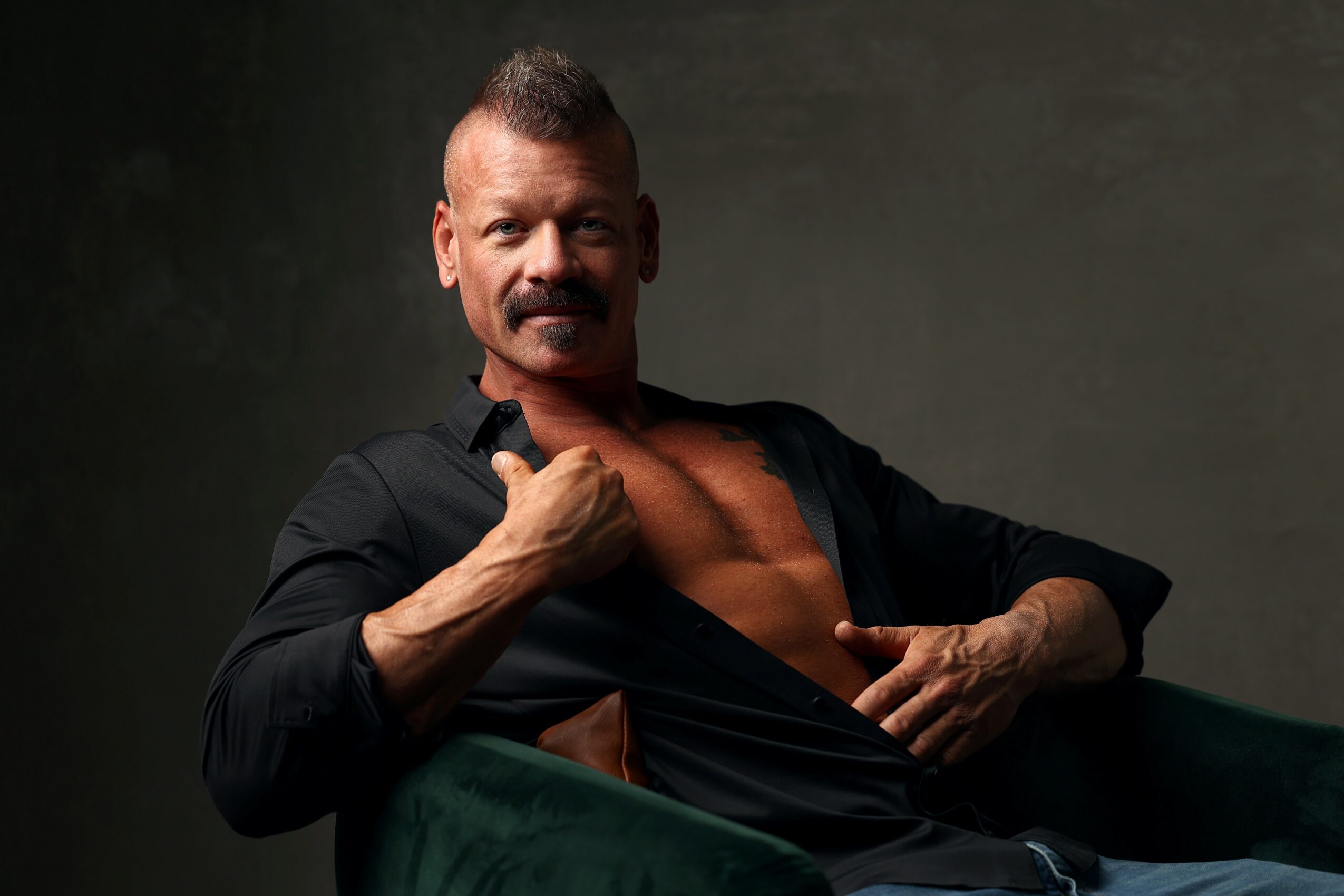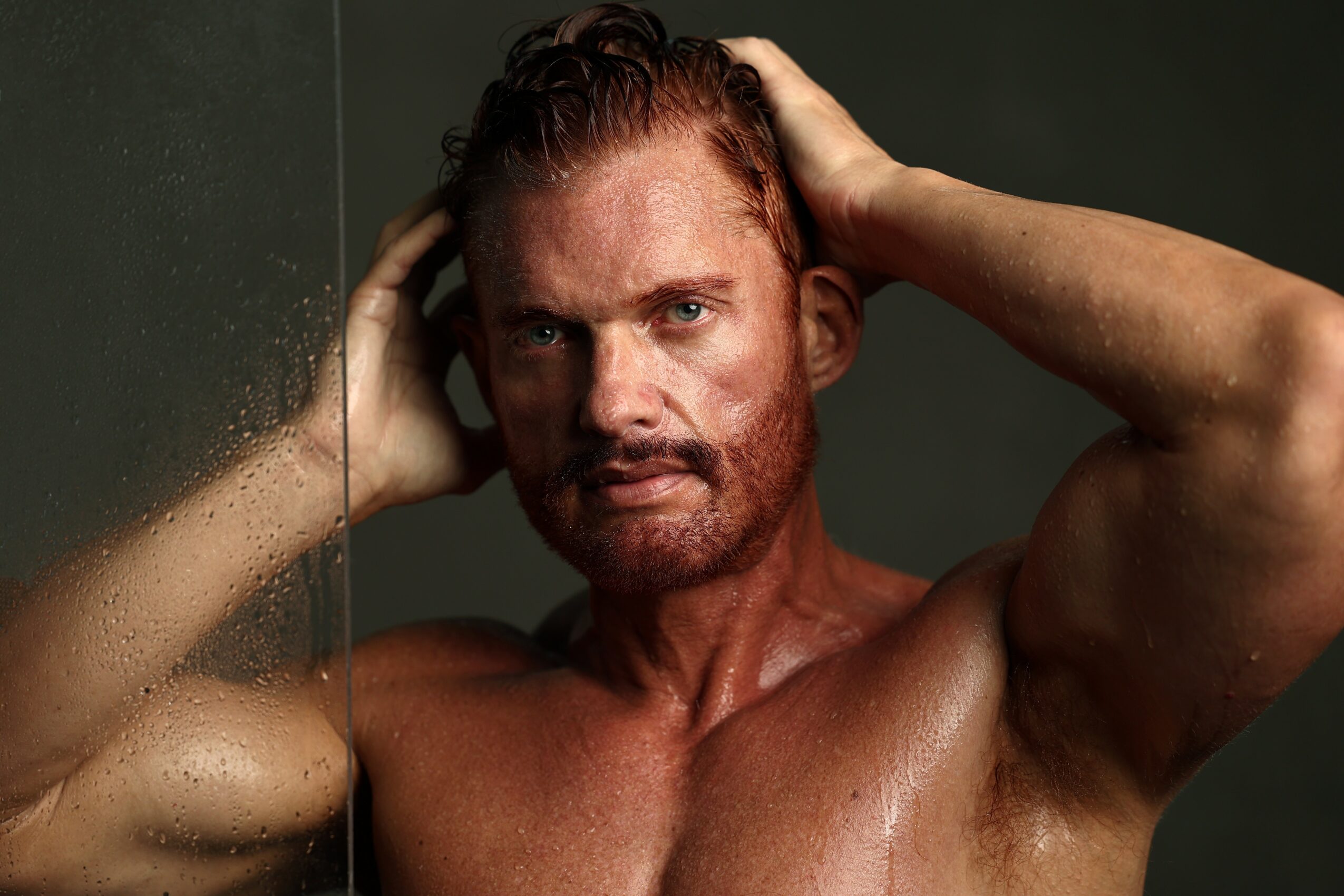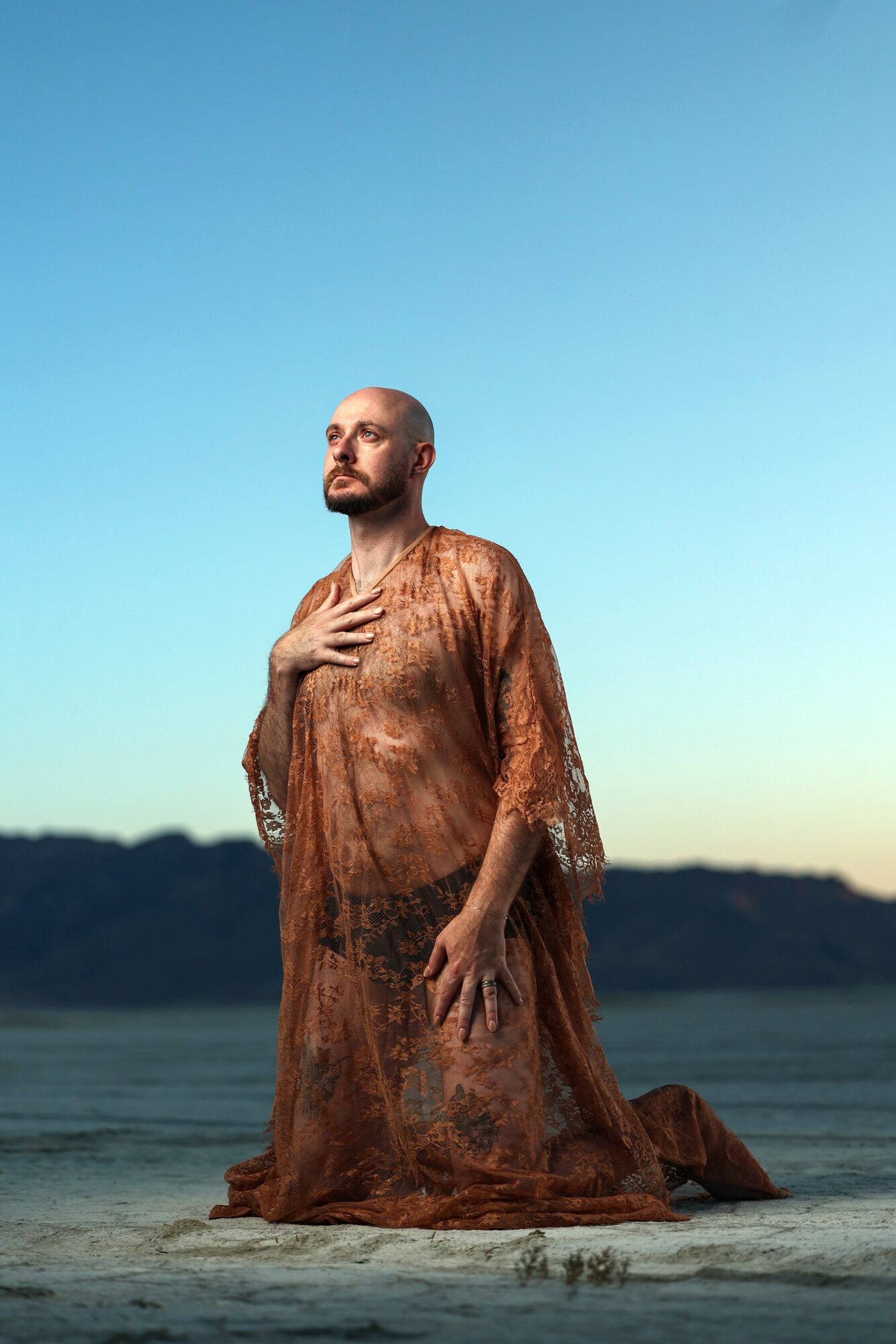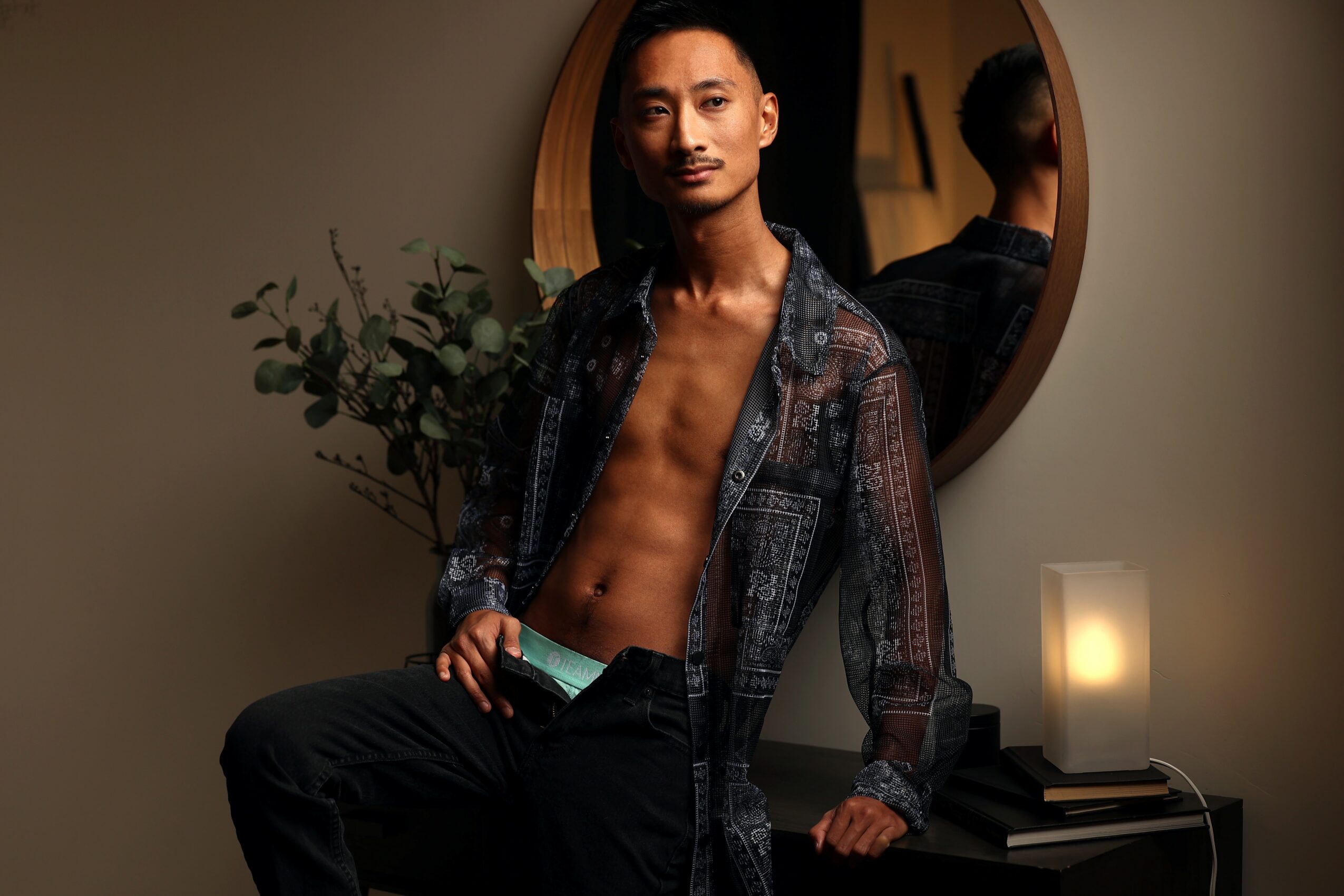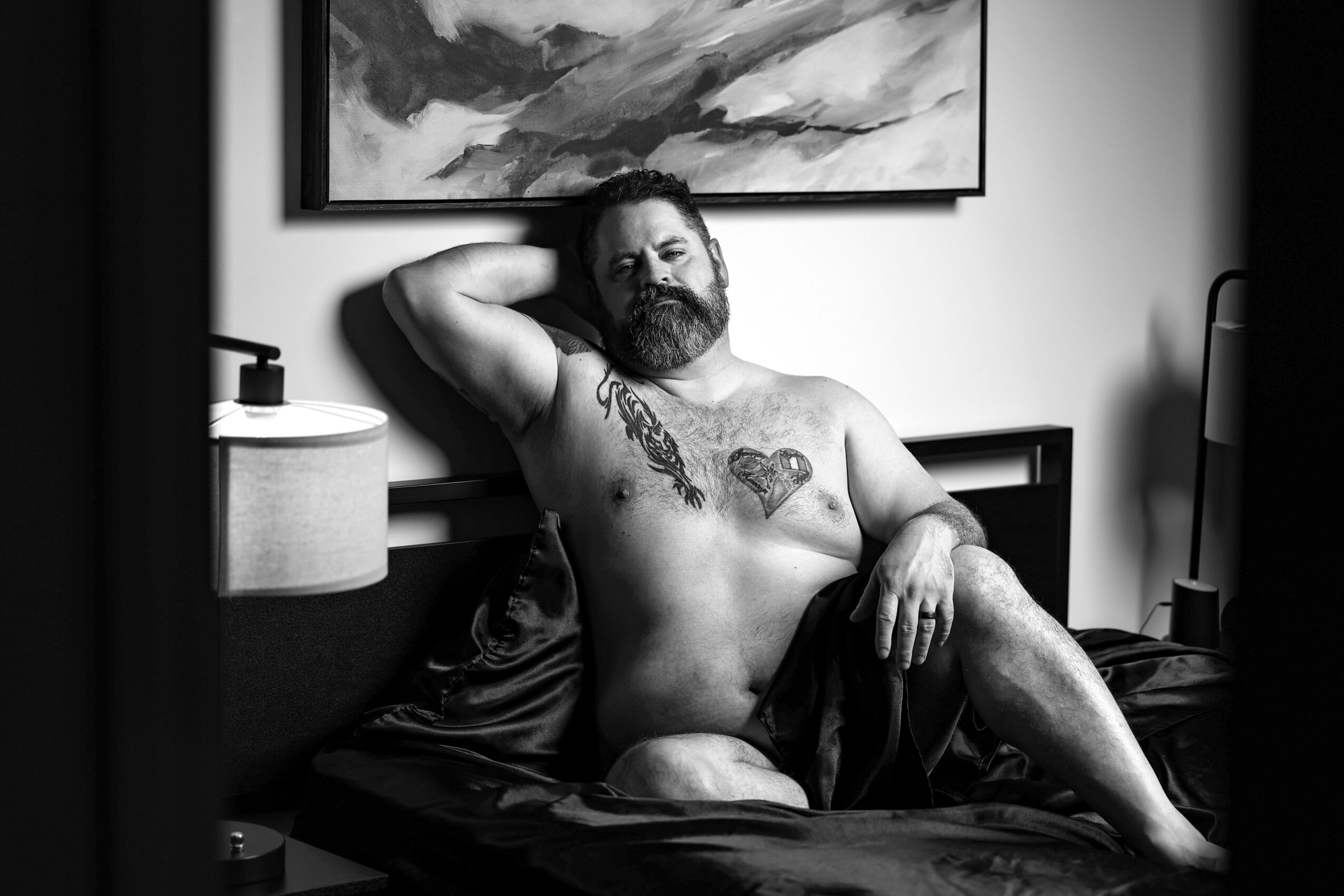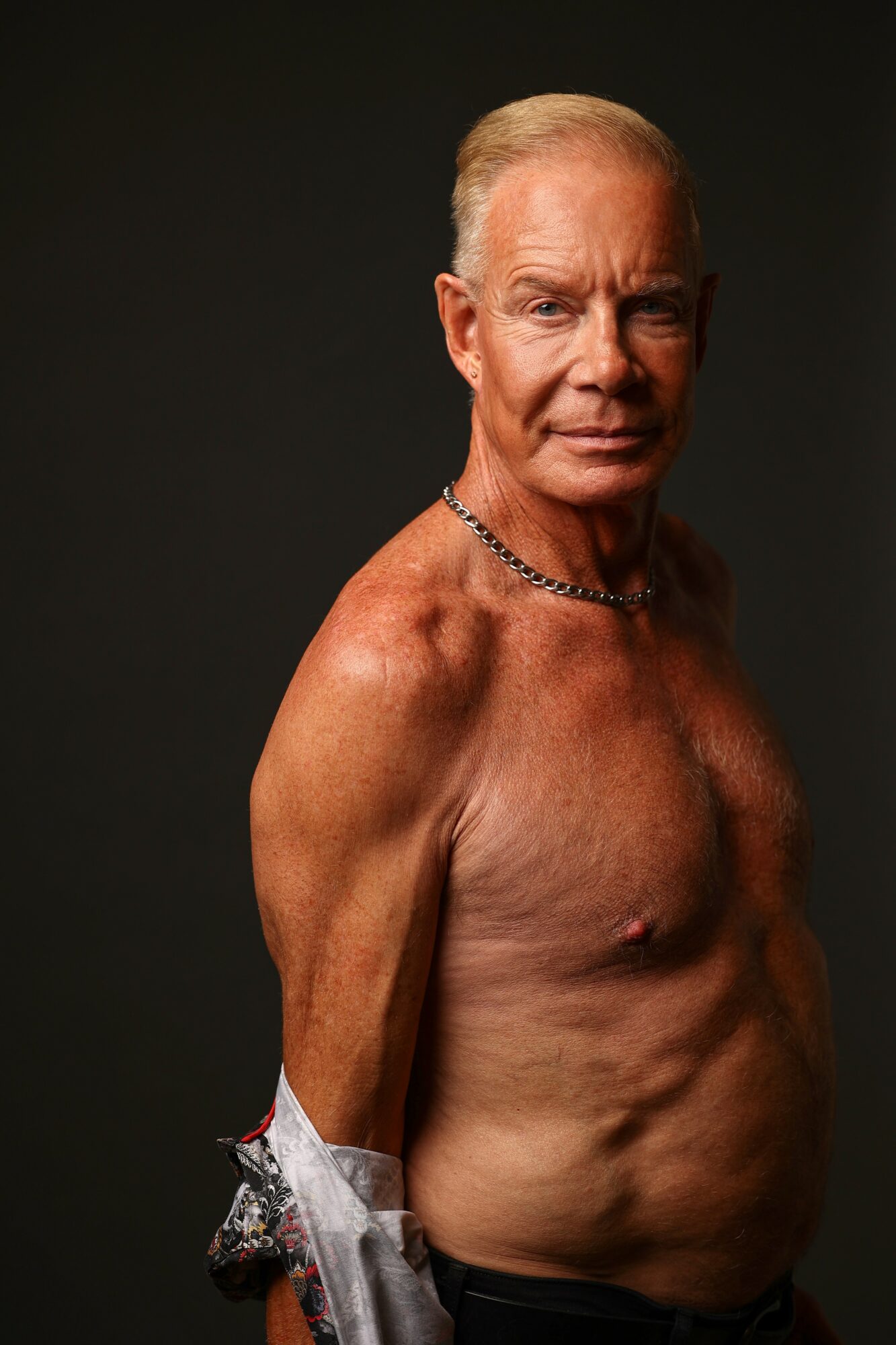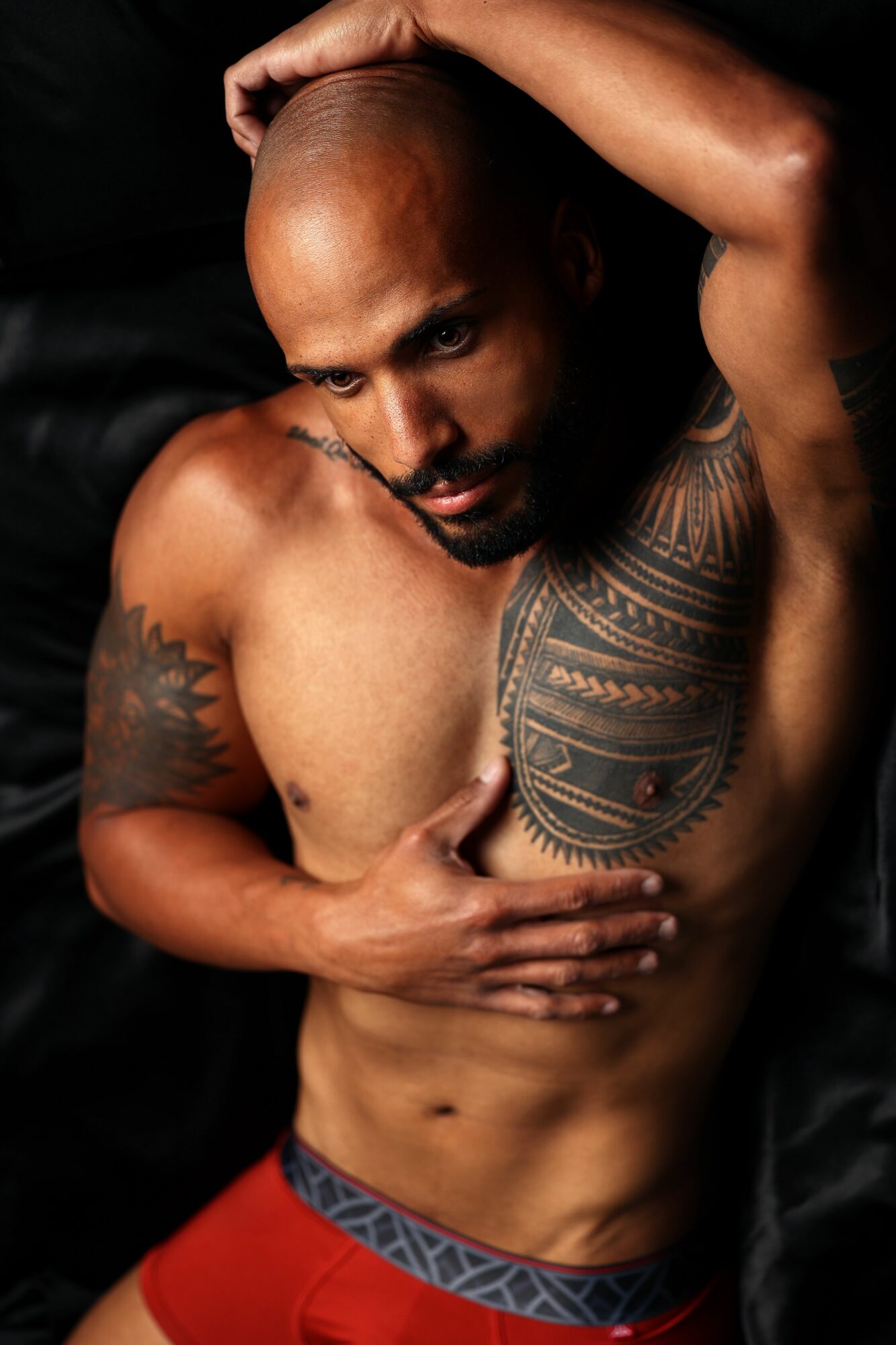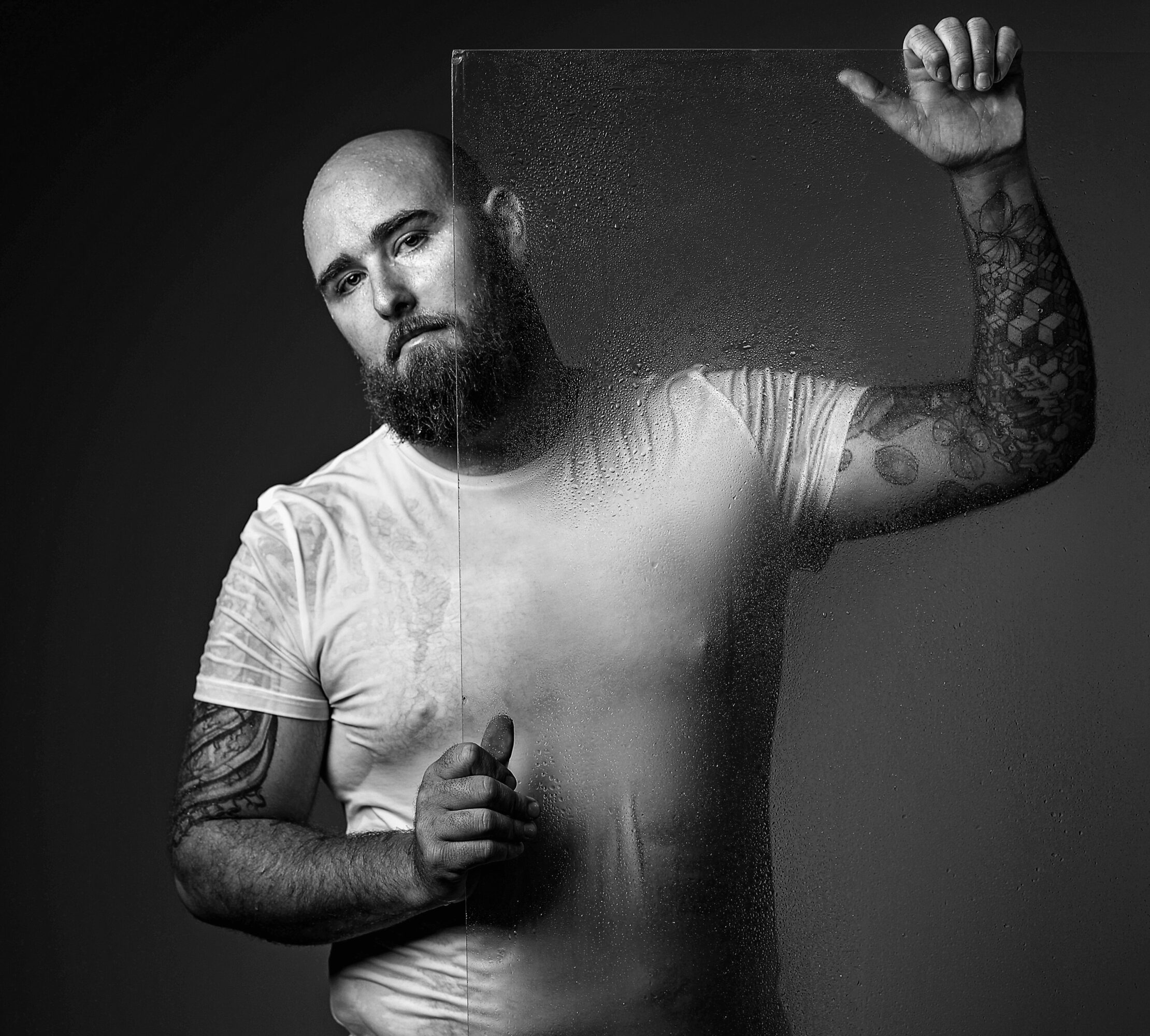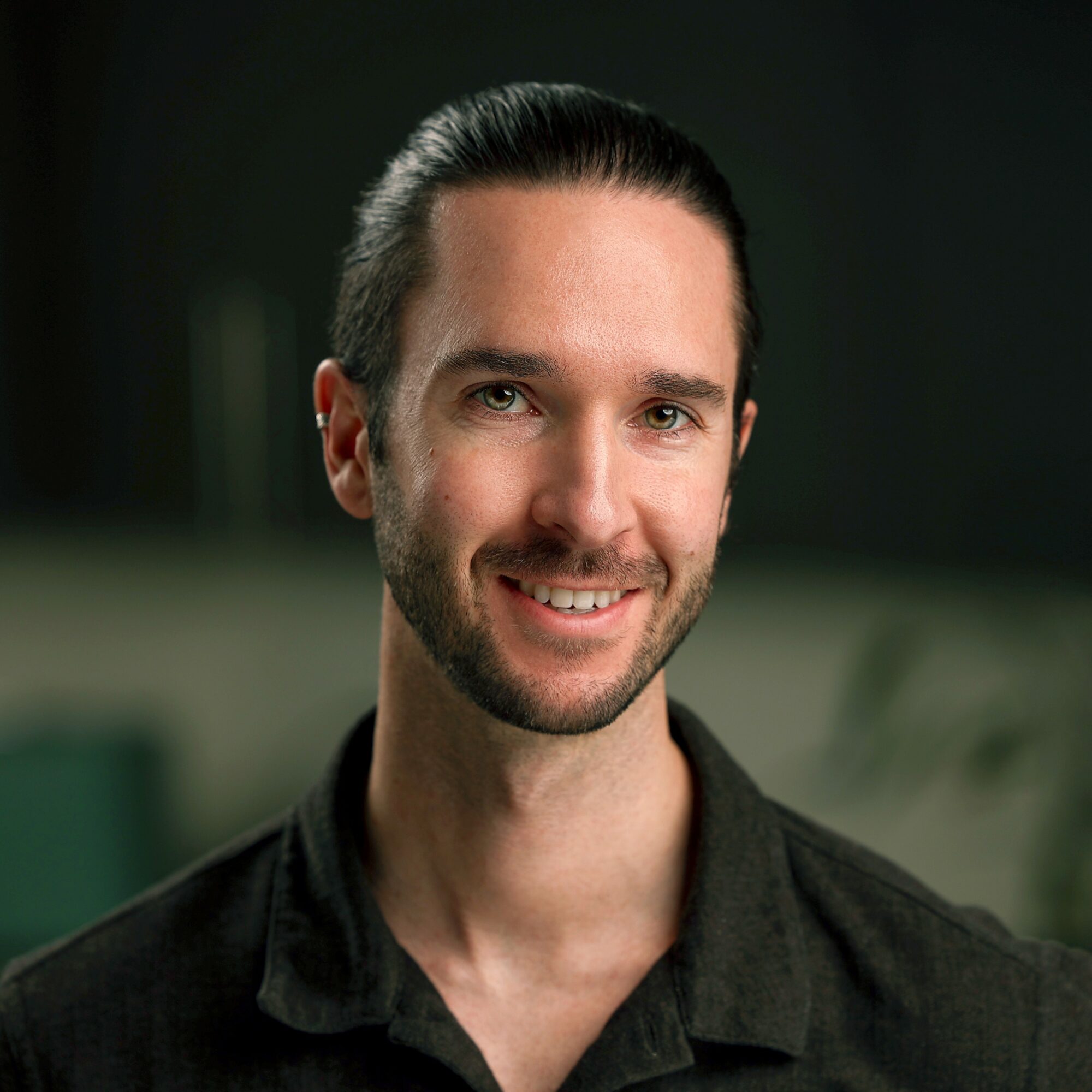

We recently had the chance to connect with Laurence Boswell and have shared our conversation below.
Laurence, a huge thanks to you for investing the time to share your wisdom with those who are seeking it. We think it’s so important for us to share stories with our neighbors, friends and community because knowledge multiples when we share with each other. Let’s jump in: What is something outside of work that is bringing you joy lately?
Lately, I’ve been finding a lot of joy in cooking. I’ve been diving into new recipes and learning techniques from different recipe books and YouTube influencers. It’s been fun to experiment in the kitchen and share meals with friends. I also love getting outside when I can — whether that’s climbing, biking, or just enjoying time with people I care about.
Can you briefly introduce yourself and share what makes you or your brand unique?
My name is Laurence, and I’m a commercial and boudoir photographer based in Utah. I specialize in working with men who want to see themselves in a new light — whether that’s through powerful, professional headshots or intimate, confidence-building boudoir sessions. My approach is centered on creating a space that feels safe, affirming, and collaborative, so that clients can truly show up as themselves. What makes my work unique is not just the lighting or technical expertise, but the intention behind it: helping men feel comfortable, confident, and celebrated in front of the camera. Right now, I’m especially excited about the way my boudoir work is giving men an opportunity to embrace vulnerability, strength, and self-expression in ways that aren’t often represented in mainstream photography.
Amazing, so let’s take a moment to go back in time. What did you believe about yourself as a child that you no longer believe?
Growing up in a conservative home, I was surrounded by messages that shamed both the body and sexuality. Conversations about sex were rare and, if they happened at all, they were very surface-level and often framed in terms of guilt or sin. I was taught that any kind of sexual thought, expression, or even appreciation of my own body was selfish or wrong. On top of that, I grew up very skinny — about 130 pounds through most of high school and college — and I hated the way I looked. I compared myself constantly to bigger, stronger men, and American culture didn’t make it any easier with its images of buff, stoic men being portrayed as the only version of masculinity that mattered. Between religious shame, cultural expectations, and body image struggles, I often felt trapped — both in my body and in a very shallow, narrow perspective of what it meant to be a man.
Over time, as I grew and began questioning what I had been taught, I started discovering a new way of seeing myself. I realized that human bodies and human sexuality are not something to be hidden or ashamed of — they’re something to be celebrated. I learned to love myself and my body for what it is, rather than constantly measuring it against others. That shift changed everything for me, and it’s why I do the work I do now.
With male boudoir, I want to create a safe space where men can step outside the boxes they’ve been put in — whether those boxes came from religion, society, or family culture. It doesn’t matter what size you are, if you’re skinny or muscular, straight or gay — what matters is giving yourself permission to appreciate and love your body. Boudoir is about expression, vulnerability, and celebration. It’s about showing up authentically, whether you want to explore a sensual and sexy side of yourself, or a softer, more down-to-earth side. My goal is to break down toxic masculine walls and help men see themselves in a new light — to create images that reflect not just how they look, but who they truly are.
What did suffering teach you that success never could?
Suffering taught me things that success never could. Growing up, I struggled with body image, with feeling like I wasn’t ‘enough,’ and with the weight of shame around sexuality and self-expression. Those challenges taught me empathy in a way success alone never could have. When you know what it feels like to hate the mirror, or to feel like parts of yourself have to be hidden, you gain a sensitivity to others who carry those same wounds.
Success feels good, but it can sometimes make you forget what people go through to get there. Suffering, on the other hand, carved out compassion in me. It taught me to slow down, to listen, and to honor people’s stories. It taught me resilience — the kind that comes not just from achievement, but from getting up again and again when you’ve felt small, ashamed, or overlooked.
That’s at the heart of my boudoir work. I don’t just see clients as people in front of a camera; I see them as people who have their own journeys with body image, sexuality, and identity. My suffering gave me the lens to truly see them, to create a safe space where they can be celebrated in ways they may have never been before. Success didn’t teach me that — suffering did.
Alright, so if you are open to it, let’s explore some philosophical questions that touch on your values and worldview. How do you differentiate between fads and real foundational shifts?
I think fads tend to be surface-level — they’re flashy, temporary, and often about external validation. Foundational shifts, on the other hand, create lasting change because they touch something deeper within us. For me, I look at whether something is helping people connect more authentically with themselves and others. If it’s just about keeping up appearances or following what everyone else is doing, it usually fades.
I see this play out in photography, too. There’s definitely a fad around photographing men who are very fit and muscular. And while I absolutely work with those men and enjoy it, I’ve had to catch myself at times falling into the trap of thinking that shooting only fit bodies would get me more likes or followers online. That’s when I remind myself why I started this work in the first place: to give every man the chance to step in front of the camera. Boudoir isn’t just for men who spend hours at the gym — it’s for anyone who wants to see themselves differently, to embrace their body as it is, and to accept the unique journey they’re on.
That’s what makes boudoir a foundational shift. It’s not about chasing trends or appearances; it’s about breaking down barriers, creating space for vulnerability, and helping men find a deeper acceptance of themselves.
Okay, we’ve made it essentially to the end. One last question before you go. What is the story you hope people tell about you when you’re gone?
I hope people remember me as someone who believed in the power of kindness — including kindness toward yourself. Growing up in a strict religious environment, I was often harder on myself than anyone else. I was always striving for perfection, trying to be the ‘good child’ and the peacemaker at home, while watching some of my siblings get reprimanded for rebelling. That pressure created a mental block, a feeling that I was never quite enough, and that I always had to improve.
Over the years, leaving that environment, becoming an adult, and doing years of therapy, I’ve started to understand what self-kindness really means. It’s about giving yourself permission to breathe, to slow down, and to recognize that your own timeline doesn’t have to match anyone else’s. In my work as a photographer, it’s also letting go of the need to be perfect with every photo. Yes, I strive to be excellent — but perfection isn’t the goal. What matters most is that my clients feel seen, comfortable, and celebrated. If people remember me for encouraging that same kind of self-compassion in themselves and others, that’s a legacy I’d be proud of.
Contact Info:
- Website: https://www.utahmaleboudoir.com
- Instagram: https://www.instagram.com/utahmaleboudoir/
- Twitter: @utahmaleboudoir
- Facebook: https://www.facebook.com/UtahMaleBoudoir
- Other: https://bsky.app/profile/utahmaleboudoir.bsky.social
